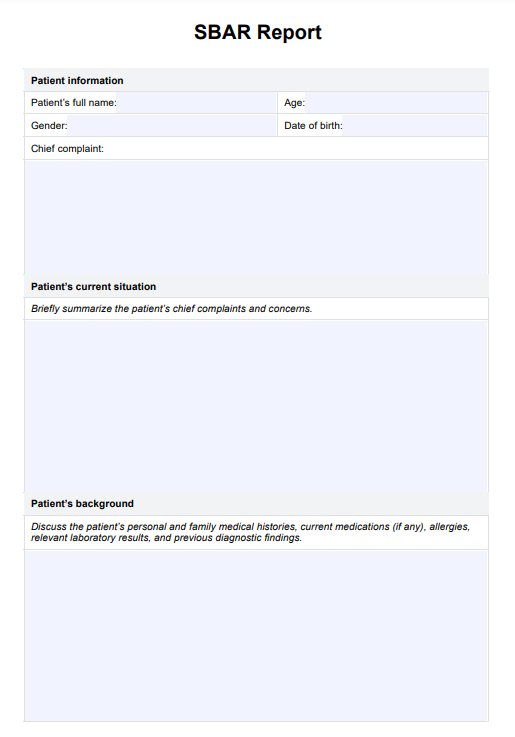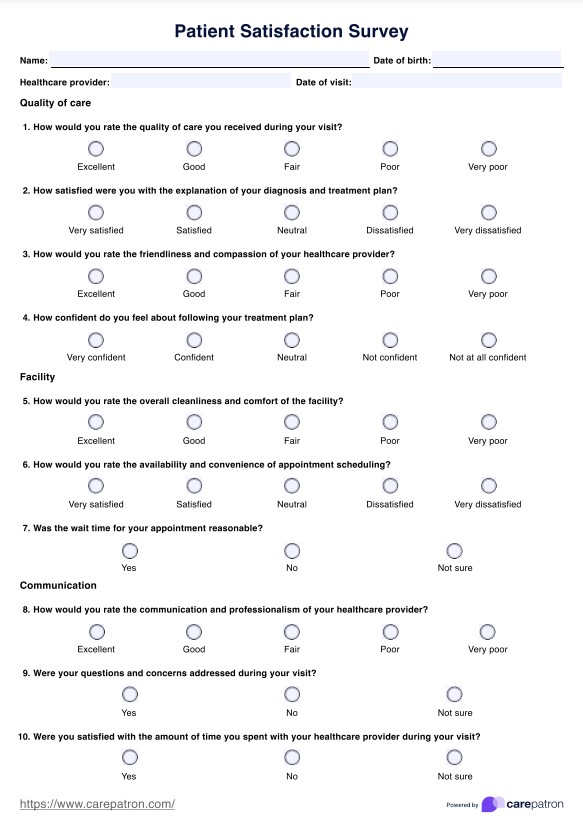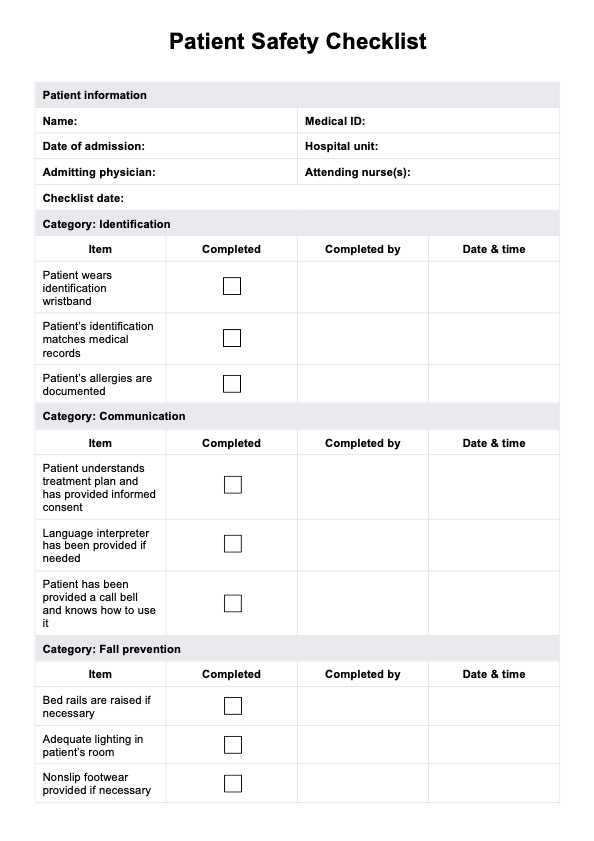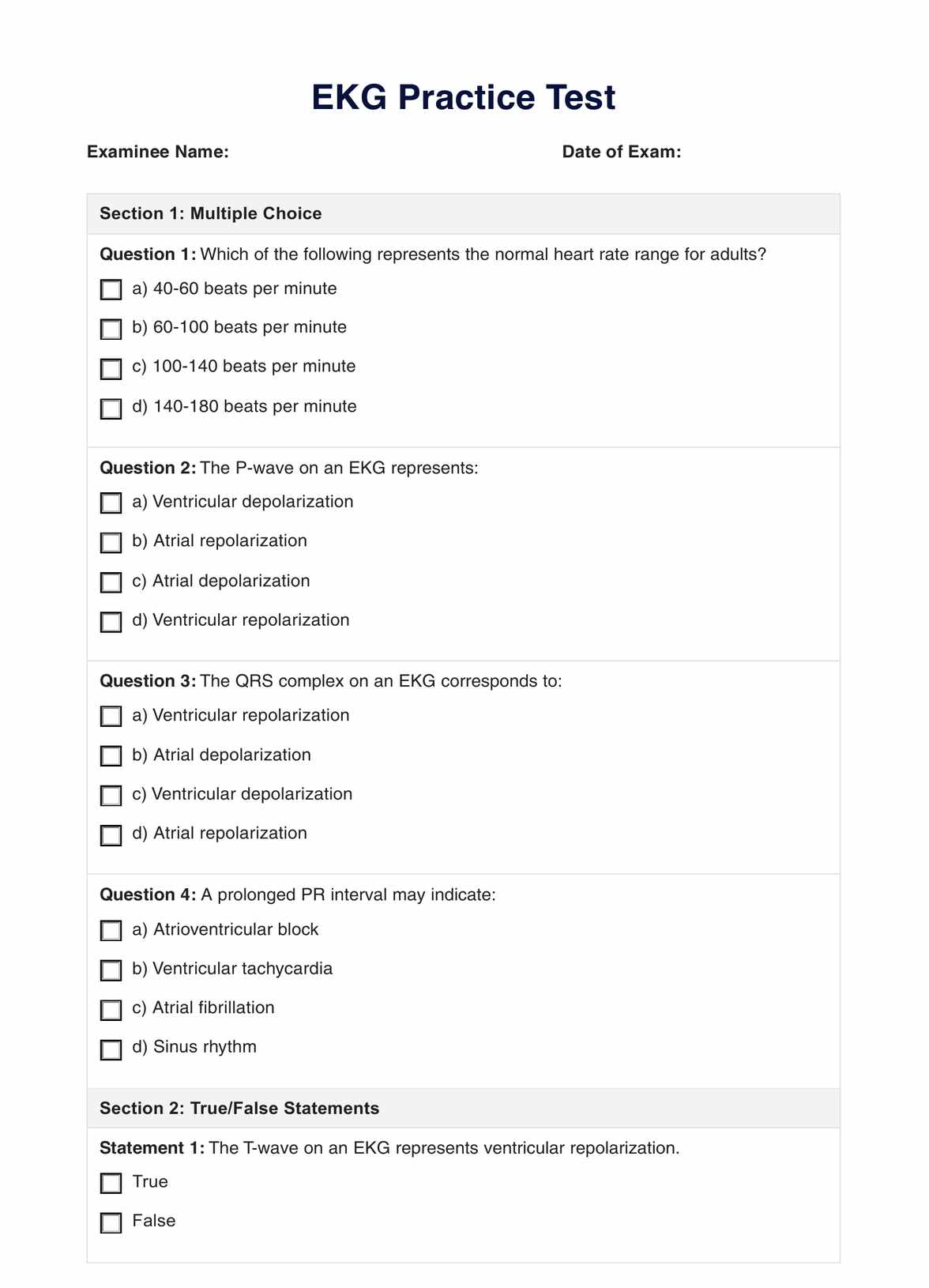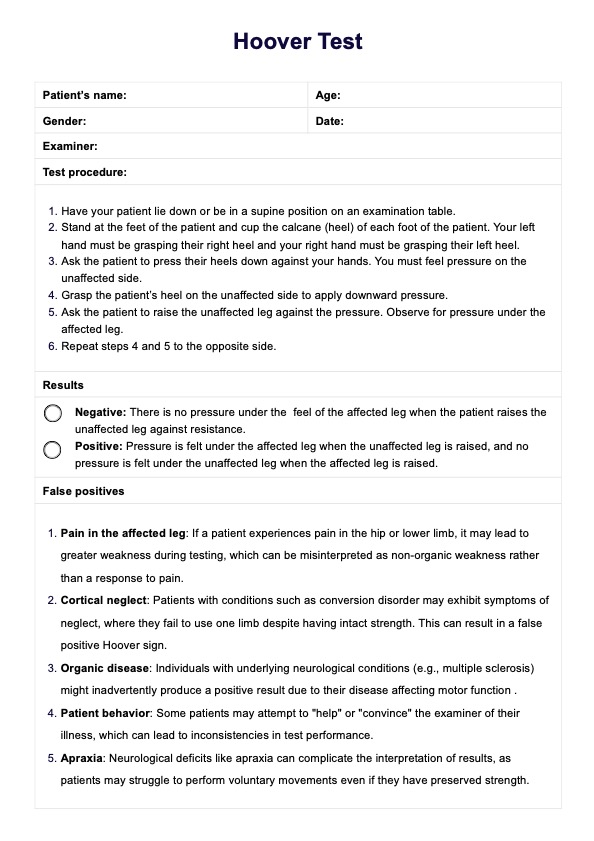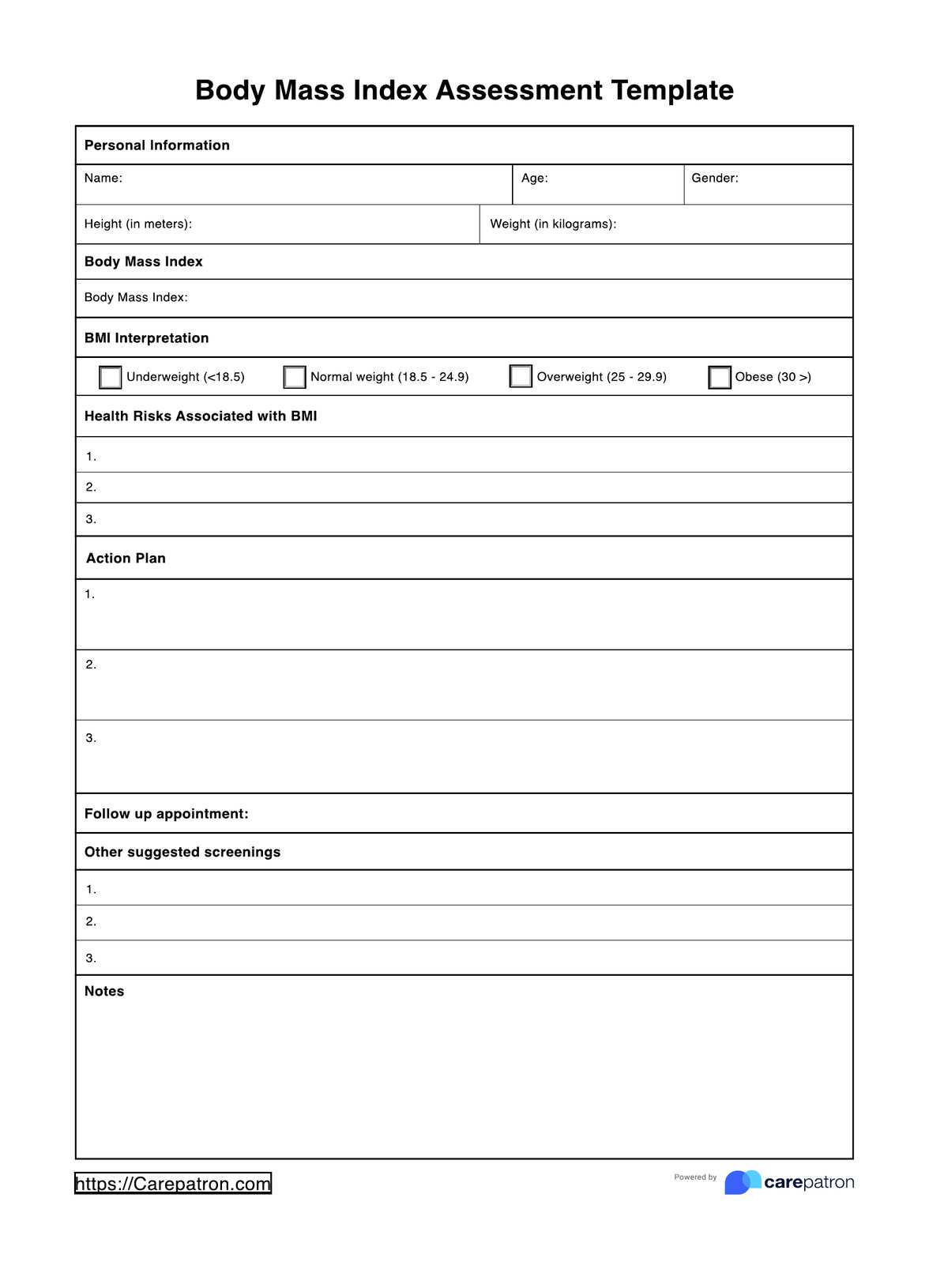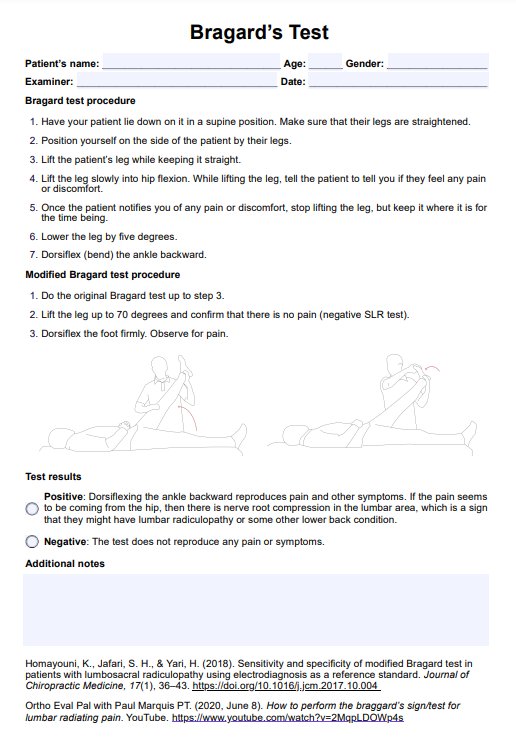Balance Exercises for Seniors
Improve your balance and stability with these effective balance exercises for seniors. Download Carepatron's free PDF with examples and enhance your overall well-being today.


What are potential balancing issues seniors may experience?
As we age, maintaining balance becomes increasingly important for overall mobility and independence. Seniors may encounter various balancing issues that can affect their day-to-day activities and increase fall prevention. Understanding these potential challenges is crucial for implementing effective balance exercises and interventions.
Reduced muscle strength
One common issue seniors face is reduced muscle strength, particularly in the legs. This can lead to difficulties in maintaining stability while standing or walking. Weakness in the muscles of the lower body, including the quadriceps, hamstrings, and calf muscles, can compromise balance and increase the likelihood of falls. Strengthening exercises targeting these muscle groups, such as squats, lunges, and calf raises, can help improve balance and stability.
Decline in proprioception
Proprioception, or the body's ability to sense its starting position in space, declines with age. This decline can affect coordination and balance, making it challenging for seniors to maintain their equilibrium. Proprioceptive exercises, such as standing on one leg or performing movements with closed eyes, can help enhance proprioception and improve balance awareness.
Altered gait patterns
Changes in gait, or the way a person walks, are common among older adults and can contribute to balance issues. These changes may include shuffling steps, reduced stride length, or uneven weight distribution. Addressing gait abnormalities through a strength training exercise and techniques can help seniors regain stability and confidence in their walking ability.
Inner ear disorders
The inner ear plays a crucial role in balance and spatial orientation. Inner ear disorders, such as benign paroxysmal positional vertigo (BPPV) or vestibular neuritis, can disrupt normal balance function and cause dizziness or vertigo. Specific vestibular rehabilitation exercises, including gaze stabilization and balance retraining exercises, can help alleviate symptoms and improve balance control.
Age-related changes in vision
Age-related changes in vision, such as decreased visual acuity or depth perception, can impact balance and stability. Poor vision can make it difficult for seniors to detect obstacles or hazards in their environment, increasing the risk of trips and falls. Regular eye examinations and corrective measures, such as wearing glasses or contact lenses, can help seniors maintain good vision and reduce the likelihood of balance-related accidents.
Neurological conditions
Certain neurological conditions, such as Parkinson's disease or peripheral neuropathy, can affect balance and coordination in older adults. These conditions may result in muscle weakness, tremors, or loss of sensation in the feet, making it challenging to maintain stability. Tailored strength exercises and therapies, including tai chi or specific physical therapy interventions, can help manage symptoms and improve overall balance.
Balance Exercises for Seniors Template
Balance Exercises for Seniors Example
10 balance exercises for seniors
Maintaining balance is vital for seniors to prevent falls and maintain independence. Incorporating various balance exercises into your routine can help improve stability and mobility. The following exercises below specifically designed for older adults that helps in improving balance:
Single leg balance
Stand tall with your feet hip-width apart and arms at your sides. Shift your weight onto your right foot and slowly lift your left foot off the ground. Find your balance and hold for 10-30 seconds. Switch to the other leg. Repeat 5-10 times on opposite leg. This simple exercise improves good balance and strengthens the muscles in your legs.
Heel-to-toe walk
Begin by standing with your feet touching, left heel to toe. Take a step forward with your right foot so that it touches the toes of your left foot. Then, bring your left foot forward, placing it in front of your right foot. Continue walking in a straight line, keeping the heel of one foot in line with the toes of the other. Aim for 10-20 steps. This exercise helps improve balance and coordination.
Leg raises
Stand behind a sturdy chair or countertop for support. Shift your weight onto your right leg and lift your left leg straight back behind you. Keep your back straight and engage your core for balance. Hold for a few seconds, then lower your leg back down. Repeat on the other side. Aim for 10-15 repetitions on each leg. This physical activity strengthens the muscles in your legs and improves balance.
Side leg raises
Stand tall with your feet hip-width apart and arms at your sides. Shift your weight onto your right leg and lift your left leg out to the side. Keep your leg straight and engage your core for balance. Hold for a few seconds, then lower your leg back down. Repeat on the other side. Aim for 10-15 repetitions on each leg. This exercise targets the muscles on the sides of your hips and improves lateral stability.
Toe raises
Stand tall with your feet hip-width apart and arms at your sides. Slowly rise up onto your tiptoes, lifting your heels off the ground. Hold for a few seconds, then lower your heels back down. Repeat 10-15 times. This exercise strengthens the muscles in your calves and improves balance.
Tai chi
Tai Chi is a gentle form of exercise that combines slow, flowing movements with deep breathing and mental focus. It improves balance, flexibility, and strength while reducing stress. To learn the movements and practice regularly, follow along with a Tai Chi video or attend a class.
Balance board exercises
Use a balance board or wobble board to challenge your balance. Stand on the board with your feet hip-width apart and maintain your balance as the board tilts. Start with small movements and gradually increase the difficulty as you improve. Balance board exercises are excellent for improving stability and proprioception.
Yoga poses
Yoga offers many poses that can help improve balance and strength. Poses like Tree Pose, Warrior III, and Half Moon Pose challenge your balance while stretching and strengthening your muscles. Practice yoga regularly to enhance your overall balance and flexibility.
Standing leg swings
Stand next to a sturdy chair or countertop for support. Shift your weight onto your right leg and swing your left leg forward and backward in a controlled motion. Keep your torso upright and engage your core for balance. Repeat 10-15 times, then switch sides. Standing leg swings improve balance and mobility in the hips and legs.
Marching in place
Stand tall with your feet hip-width apart and arms at your sides. Lift your right knee up towards your chest, then lower it back down. Repeat with your left knee. Continue alternating legs as if you're marching in place. Aim for 20-30 repetitions. This exercise improves balance, strengthens your legs' muscles, and increases hip joint mobility.
How to use our Balance Exercises for Seniors template
Our Balance Exercises for Seniors template by Carepatron is a valuable resource for medical practitioners looking to implement effective balance training programs for their senior patients. Here's how you can utilize this template:
Assessing patient needs
Before starting any exercise program, it's essential to assess your senior patients' individual needs and abilities. Use the template to gather information about their medical history, current level of physical activity, balance challenges, and any specific goals they may have related to balance improvement.
Customizing exercise plans
Once you have assessed your patients' needs, use the template to customize a balance exercise plan tailored to their unique requirements. The template provides a variety of balance exercises suitable for seniors, allowing you to select exercises based on their current abilities and goals.
Setting clear instructions
The template offers clear instructions for each balance exercise, making it easy for you to communicate with your patients. Ensure that your patients understand how to perform each exercise correctly and safely. You can demonstrate the exercises during appointments and provide written instructions for them to follow at home.
Tracking progress
Use the template to track your patients' progress over time. Encourage them to record their exercise sessions and any changes they notice in their balance and mobility. Regularly review their progress and adjust the exercise plan to ensure continued improvement.
Incorporating safety measures
Safety is paramount when working with senior patients, especially when implementing balance exercises. The template includes safety guidelines and precautions to help minimize the risk of injury. Emphasize the importance of proper warm-up, use of support when needed, and gradual progression of exercises.
Are balance issues in seniors permanent?
Balance issues in seniors are not necessarily permanent and can often be improved with targeted interventions and consistent exercise. While aging can contribute to changes in balance due to factors such as muscle weakness, decreased proprioception, and changes in vision, these issues are not inherently irreversible.
Regular balance exercises, such as single leg balance, strength training exercises, and standing on one foot, can help seniors improve their balance and reduce the risk of falls. These exercises focus on strengthening muscles, improving coordination, and enhancing proprioception, all essential for maintaining good balance.
Commonly asked questions
The single best balance exercise for seniors is the single leg balance, which helps improve stability and strengthen leg muscles.
Elderly individuals can improve balance by incorporating a variety of exercises such as Tai Chi, yoga, and strength training into their routine.
The best exercise to regain balance depends on individual needs and abilities, but exercises like standing on one foot or heel-to-toe walking can be effective.


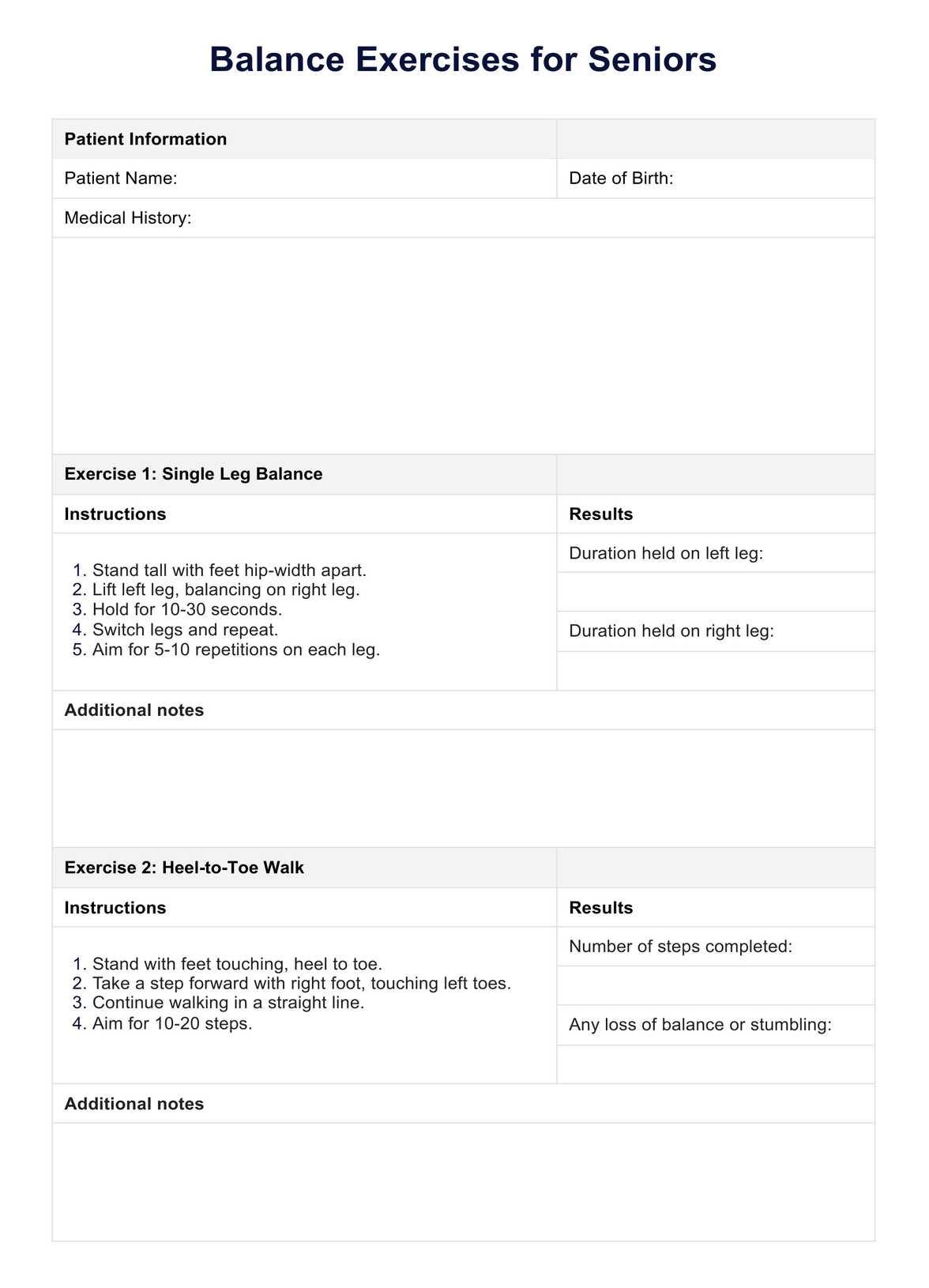
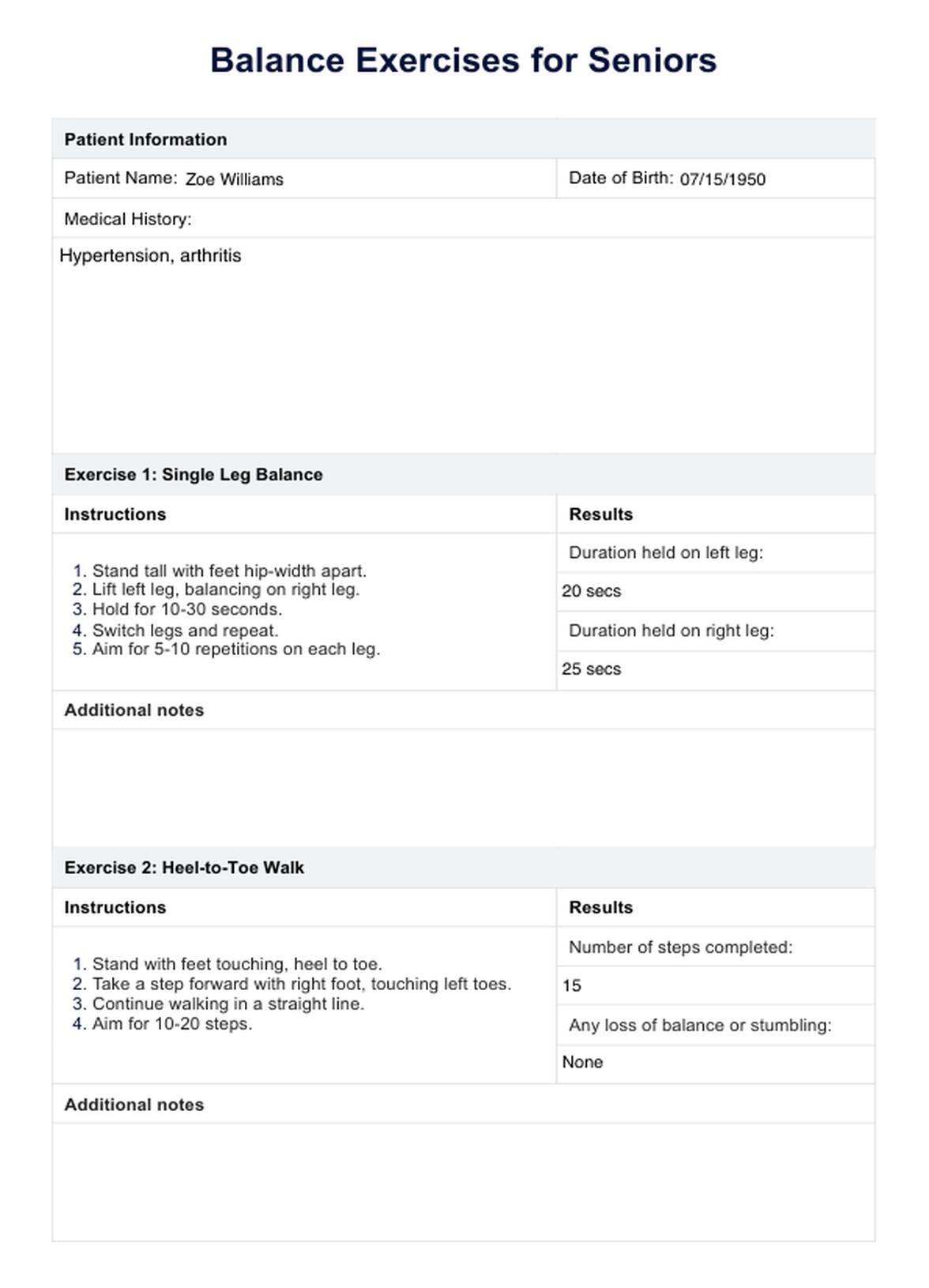


















-template.jpg)

















































































